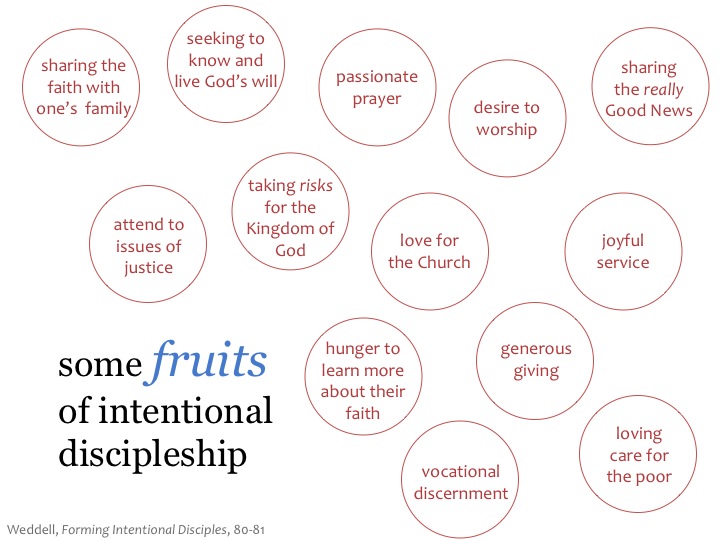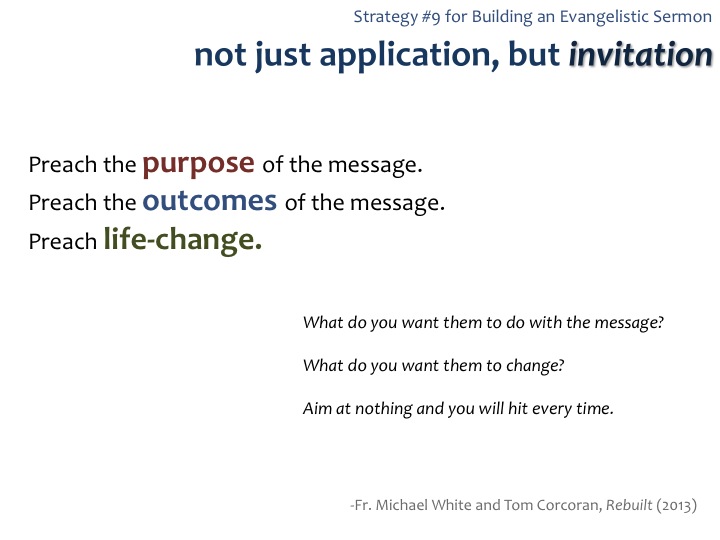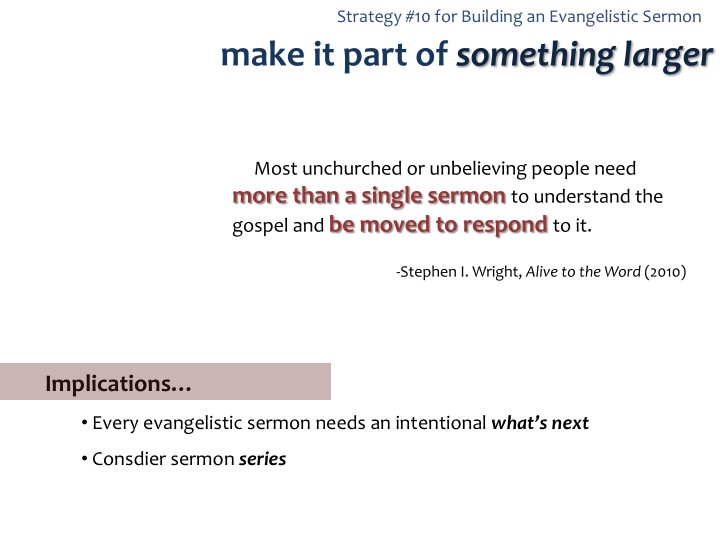With this blog post, Fr. Michael White, pastor of Nativity Church in Timonium, Maryland, initiated a robust social media discussion on young children at Mass. And big picture, we’re all right, all Catholic.
The most important principle is this:
Parents have the first responsibility for the education of their children. (CCC para. 2223)
As long as that is respected, we can all be correct. We can all be joyfully Catholic when it comes to choices and preferences regarding young children at Mass.
Parents educate and form their children liturgically, evangelistically, catechetically, in virtues, shoe-tying, and more. Parents (or other guardians) have the first [=primary, fundamental] responsibility in discerning how they do this.
I’m a parent to two boys who are (almost) 6 and 4. Over their lifetimes, we’ve averaged attendance at 1.318321 Masses per week. [Note: total guess there, but we don’t miss Sunday Mass and usually attend at least one daily Mass a week.] They are avidly interested in Mass and somehow manage to do things like say enthusiastically, “Lord, have mercy” when a deacon takes a more generous pause than usual during the Kyrie. After Mass they want to bum rush the altar to do lots of genuflecting and bowing (I educate them about reverent gestures. A lot. :-)). By age 2, they would (on their own initiatives) walk around the house singing a through-composed Gloria from memory. And for me? I love to share how the liturgy evangelizes and how we can make this a lived, practical reality.
While I live in the Midwest, we’ve attended Fr. White’s parish, Nativity Church, two times for Sunday Mass and once for Christmas Mass at the Maryland State Fairgrounds. We’ve had one or two of our children with us during each of those trips. Our experience has been completely positive. On each occasion, we’ve showed our children the children’s ministries of Nativity and enticed them to try it out. In one case, the children’s ministries were full and the parishioners serving politely explained that they didn’t have the space/supervision for more children (a legit practical reality). That’s fine 🙂 I appreciate their attempt to serve us! In the other two visits, our kids were not interested in going. Which is totally normal (they were both 4 or under at the time)–most children of that age are naturally developmentally cautious when in new environments with new adults. Plus, they are interested in Mass–especially when it involves different sanctuaries, vestments, etc. as the visual and gesture elements of Mass are what captivate them.
This means that 3 times, we’ve had young children at Mass at Nativity, and sat as close to the front as possible (but also with unobstructed access to an exit door 🙂 ). Other worshipers, staff, ministers, everyone was welcoming. At Christmas Eve Mass, enthusiastic children’s ministry ushers did come and remind us of the opportunity with a joyful invitation. That’s hospitality. It wasn’t pushy. They smiled just as much with our toddler choosing to stay with us.
One of our visits was during the summer months, when Nativity sometimes uses lay preachers to provide adult faith formation immediately following Mass. During that visit, after Mass was over and we’d remained seated [in the sanctuary] for the upcoming talk, a children’s minister approached us to let us know that this talk was for adults/teens and they’d be happy to help check our kids into children’s ministry, show us the generously spaced atrium/glass windows [not a “cry room”] where the talk would be heard, seen on video, and watched through the glass windows, or show us to the cafe, where we could watch the talk via video and our kids could have some play space and snacks. She wore a uniform shirt, had a name tag, and was 100% pastoral, professional, and loving.
Adult faith formation isn’t Mass. As a parent I have the right and opportunity to bring my children to Mass. Adult faith formation is different–if a parish discerns pastorally that adults will be better able to enter into, hear, and respond to the Gospel message without young children, that’s a decision they can reasonably make. When a parish makes that decision without providing hospitable options and accommodations for parents, I think that’s an evangelistic loss. Parents are important. At least 1/3 of children in the U.S. are raised in single-parent homes, and those families sometimes need the options that Nativity generously provides.
The take home line from Fr. White’ blog is this:
This is why we invest in our children’s programs. We love the children of this parish so much we want them to have a great time and learn to love the Lord too, through age appropriate messages and worship.
This is hospitality. This is pre-evangelization and evangelization, an accompaniment and preferential service to parents who may only be at the beginning of their own experience of the evangelizing power of the liturgy (and thus struggle to model or catechize during Mass, or become distracted by their children’s questions). Giving parents true choice in their role as the primary educators of their children doesn’t diminish the liturgy, but respects the reality that, as the Church explains, “before men [and women] can come to the liturgy they must be called to faith and to conversion”–and that that conversion can be ongoing (Sacrosanctum Concilium, para 9). Parents get to decide if they send children to ministry programs during Mass or accompany them in liturgy. Parents can make that decision freely based on if their child slept well last night, if their own back is a bit too sore to hold someone during an entire Mass, or any number of factors. Most of our parishes do not give parents a variety of appealing choices as Nativity does.
Granted, I disagree with the tone used at the start of Fr. White’s post. While it seems strongly in the Biblical tradition of deliberate rhetorical hyperbole so as to inspire a conversation (as Paul, Jesus, and rabbis would do in general), I’m cautious about how well that works for digital writing. (In my humble editorial opinion, sharing testimonies and stories of families who’ve experienced conversion and growth in relationship with Jesus Christ because of how Nativity gives parents choices and partners to form young disciples would be more influential/effective.) However, to not “throw out the baby with the bath water” on Fr. White’s rhetorical choices and writing, pastoral leaders should ponder the main point [showing love for parents with children] and discern how we are making this a reality in our own, unique pastoral settings.
The Catechism reminds us:
From the beginning, this one Church has been marked by a great diversity which comes from both the variety of God’s gifts and the diversity of those who receive them. Within the unity of the People of God, a multiplicity of peoples and cultures is gathered together. Among the Church’s members, there are different gifts, offices, conditions, and ways of life. (para. 814)









